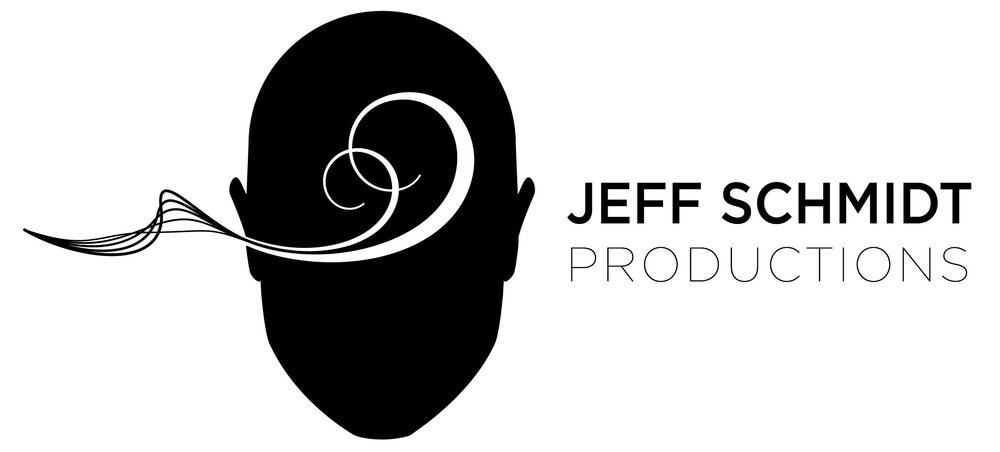Aftershock is a 10 episode audio fiction drama podcast starring Sarah Wayne Callies, David Harbour, Jeffrey Dean Morgan, Tati Gabrielle & Janel Parrish.
The sound of the series is cinematic in scope, and "hyper-real" Where "hyper-real" might inspire thoughts of science fiction, fantasy, or Fast & Furious style action - Aftershock is firmly rooted in the REAL. But it features a stylized aesthetic rather than the Vérité approach often associated with audio.
Throughout the series, I experimented with borrowing various elements of cinematography in crafting the sonic world of the series. Some of these impulses were innate to my own aesthetic as a designer. Some were inspired by the words on the page - the action notes or scene descriptions. And others came by being inspired by the actors’ performances.
As new episodes roll out, I'll highlight a few instances where I tried to borrow from the visual language of film to realize the narrative vision for this audio series.
Obviously, the sound design of an audio drama has a LOT more in common with film and TV sound design. But more interesting to me was seeing how I might borrow from cinematography to help design sonic POV and emotional storytelling in similar ways various camera techniques creates in Film/TV.
Let's start with Episode 1: full episode here:
TECHNIQUE: Push Zoom - Dolly Zoom.
The Push Zoom is when the Camera is literally MOVED closer toward the subject. A Dolly Zoom is when the camera is moved in the opposite direction of its lens zoom - for example, the lens zooms OUT while moving the camera TOWARD the subject.
The more dramatic Dolly Zoom technique creates the background moving against the subject effect popularized in Hitchcock's Vertigo and then - everywhere!
To be fair - no “Zoom” effect in Aftershock sounds as obvious as a Dolly Zoom looks. So how did I borrow the concept of ZOOM using only audio in Aftershock?
EXAMPLE from Episode 1:
During the quake, Cassie goes outside for help only to find chaos. This audio clip picks up as she comes back into the apartment where Lawrence has been trapped.
Sonically we are in wide perspective at this moment. All the chaos of the outside world continues - muted only by the occlusion of the apartment's walls.
Over the course of this scene, we slowly ZOOM in on Cassie & Lawrence. The ZOOM begins when Lawrence calls for Cassie to "come here, come here"
How do we do ZOOM in audio? By slowly pushing the outside chaos, interior shaking and rumbling further away from us, and pulling Cassie and Lawrence closer. This particular ZOOM takes place over the course of about a minute. It’s subtle.
What makes this technique possible is sonic CONTRAST. First, starting WIDE with the sound of CHAOS right upfront and large. Then by keeping the characters at a medium distance when Cassie returns to the apartment, we have the SPACE to move CLOSER to them when it matters most at the end.
This “zoom” technique is repeated in the Red Cross Shelter scene a little bit later.
Starting WIDE with the chaos to convey the scope of the misery. Over the course of the scene, we slowly Zoom IN on Cassie and Wayne as they meet, connect and hatch a plan to rescue Makayla together.
Again the key is contrast - by making sure we have enough WIDE and UPFRONT environment sound at the beginning of the scene to ZOOM in on these characters as they get closer by pushing the environment away - and pulling the characters closer.
These are not flashy sound design techniques. Instead, they are sonic storytelling devices that help support the emotional impact of these incredible performances.
Ideally, for most listeners, these techniques will go completely unnoticed. But they will FEEL the result - and that's the point.
This technique is repeated a few times over the course of the series. I won't call out each time it occurs but now that you know what it sounds like - you'll probably be able to spot them for yourself.
Next time we'll talk about borrowing the OVER THE SHOULDER shot - easy for cameras - but audio? Oh yeah!
As always, I hope you enjoy the series and these inside looks - I look forward to any comments and questions you may want to share.

